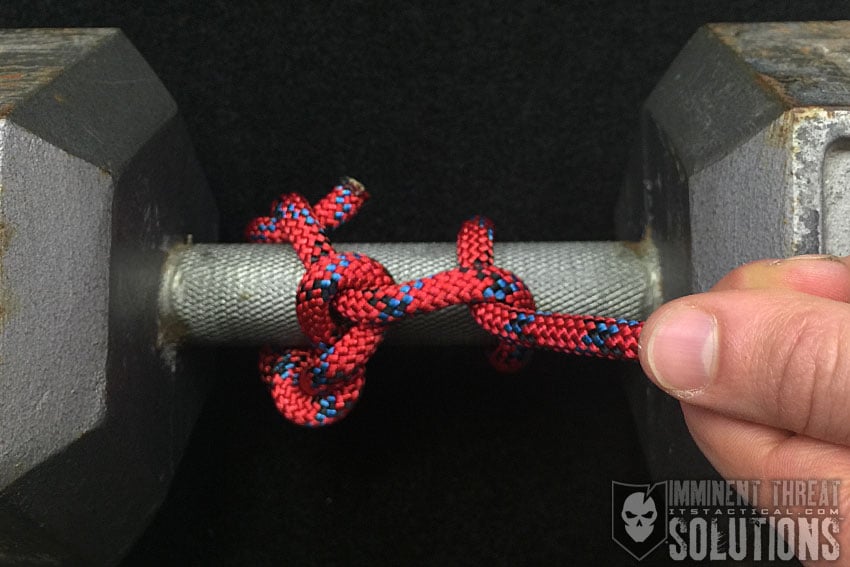

In today’s Knot of the Week in HD, I’ll be demonstrating and discussing one of my favorite knots, the Timber Hitch. It’s extremely versatile and with a few extra half hitches, can be all you’ll use to haul anything you may encounter.
(Strength: 2/Security: 3/Stability: 4/Difficulty: 3) See below for what these ratings mean.
Primarily used to drag or hoist logs, the Timber Hitch works best with natural fiber rope like Sisal, Jute or Manilla. This allows the “fiber” in the rope to grab natural vegetation even more securely.
To aid in hauling or pulling an object, Half Hitches can be added in intervals down the length of the object. This keeps the pull oriented in one direction and helps the object from turning during movement.
Check out the video embedded above for more on what some call the Killick Hitch variation of the Timber Hitch. One last thing to mention is that adding these Half Hitches will increase the strength and security ratings on the Timber Hitch, taking the strength from a 2 to a 4 and the security from a 3 to a 4.
Strength/Security/Stability/Difficulty
Each knot will be assigned a rating from 1-5 (1 representing the lowest score) based on the following four properties:
Strength – All knots will weaken the strength of a rope, however, there are knots that are stronger than others. The scale here will reflect how strong the rope remains with the specified knot.
Security – The security scale refers to how well the knot will stay tied, and resist coming loose under a normal load.
Stability – Stability refers to how easily the knot will come untied under an abnormal load (i.e. the knot being pulled in a direction it was not intended to) A lower score here represents instability.
Difficulty – The lower the number, the easier a knot is to tie.

Do you enjoy witty banter and nostalgic geekdom all while sipping on a fine aged scotch? Then you’ll love our podcast!

Shop the ITS Store for exclusive merchandise, equipment and hard to find tactical gear.

Discussion